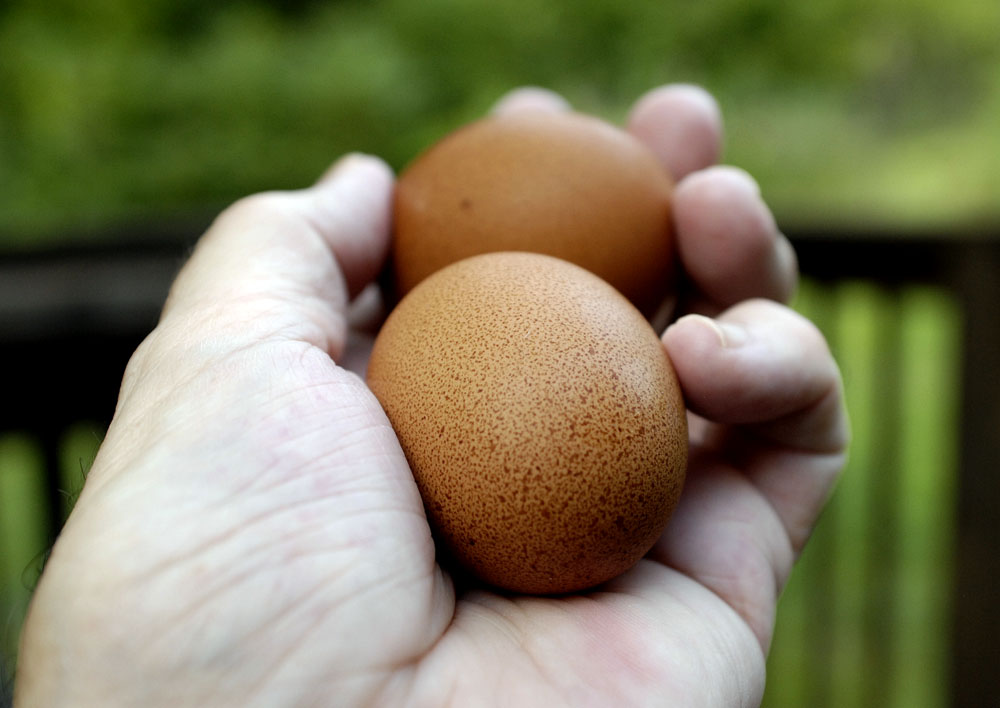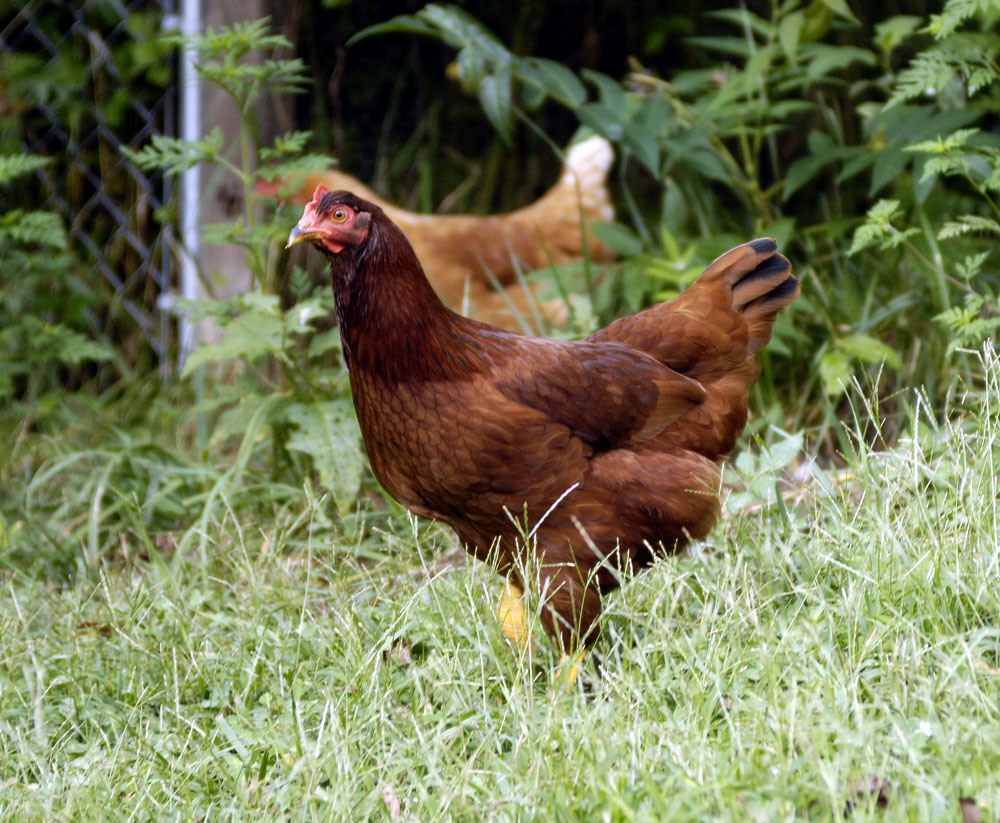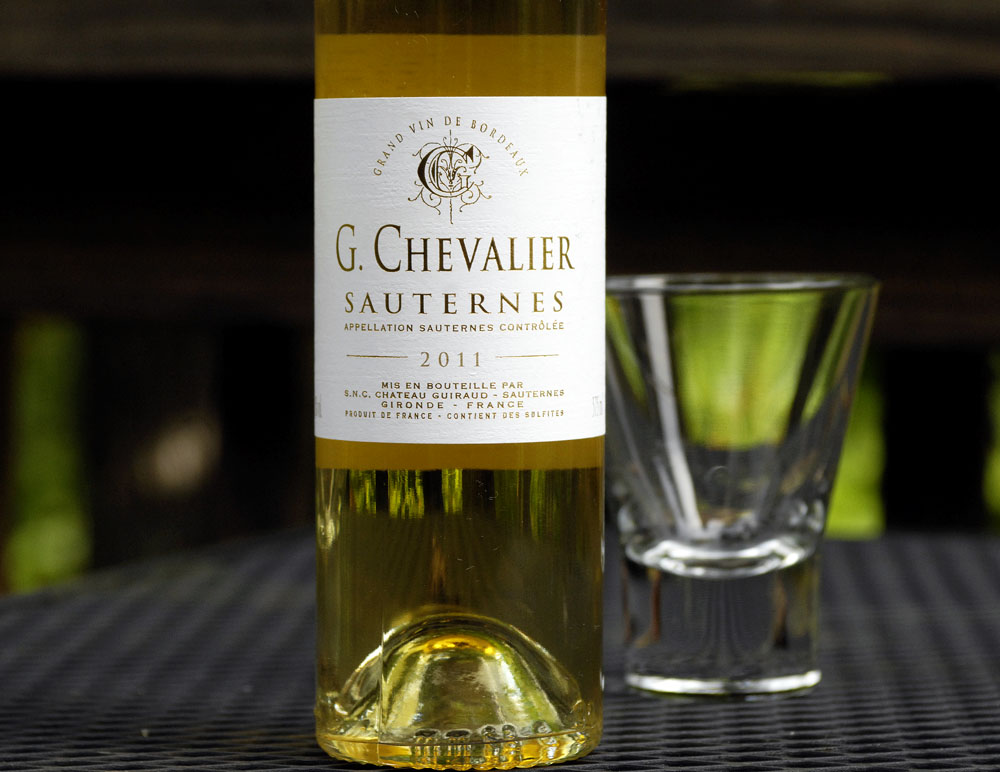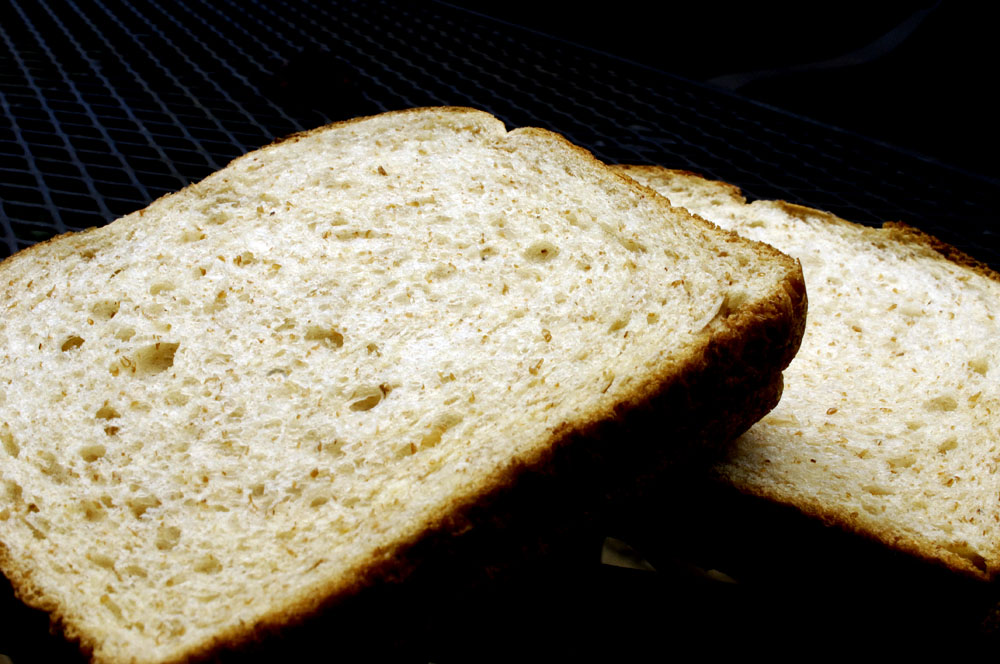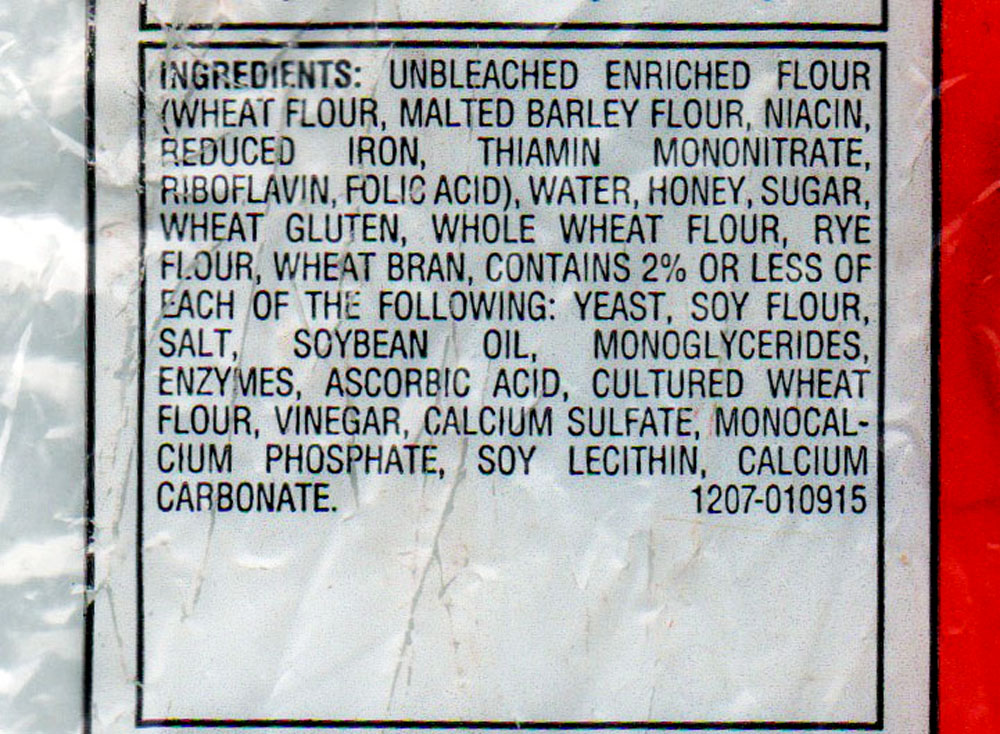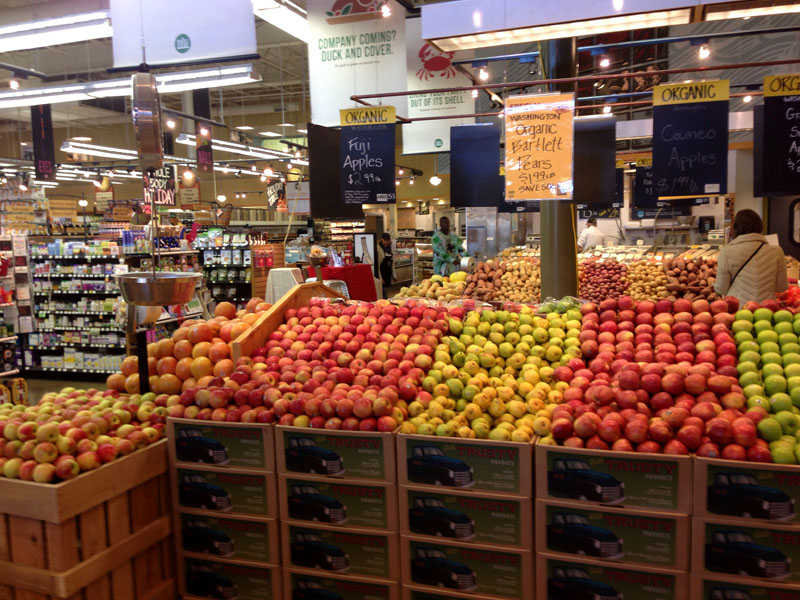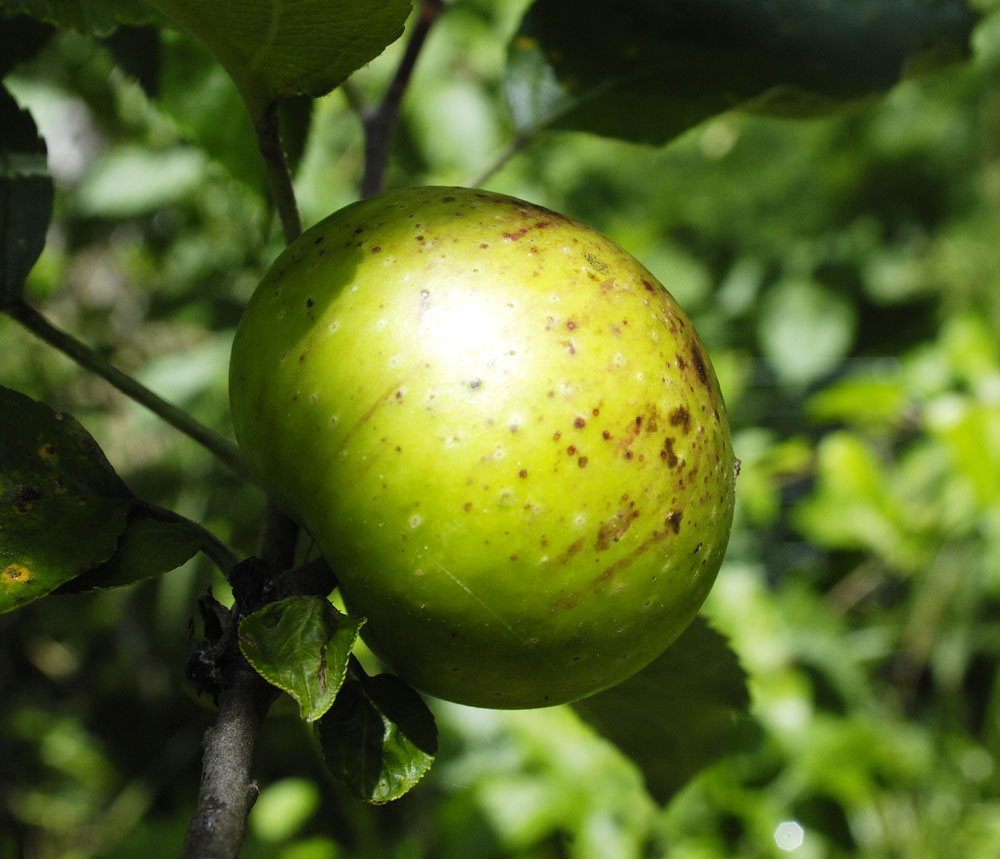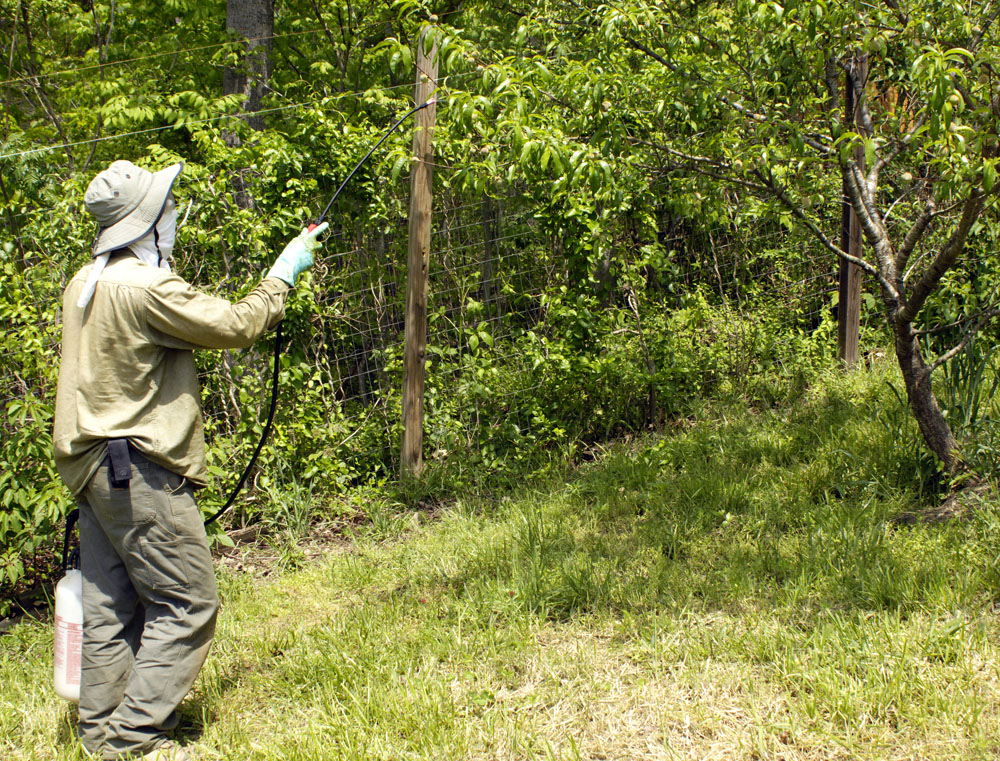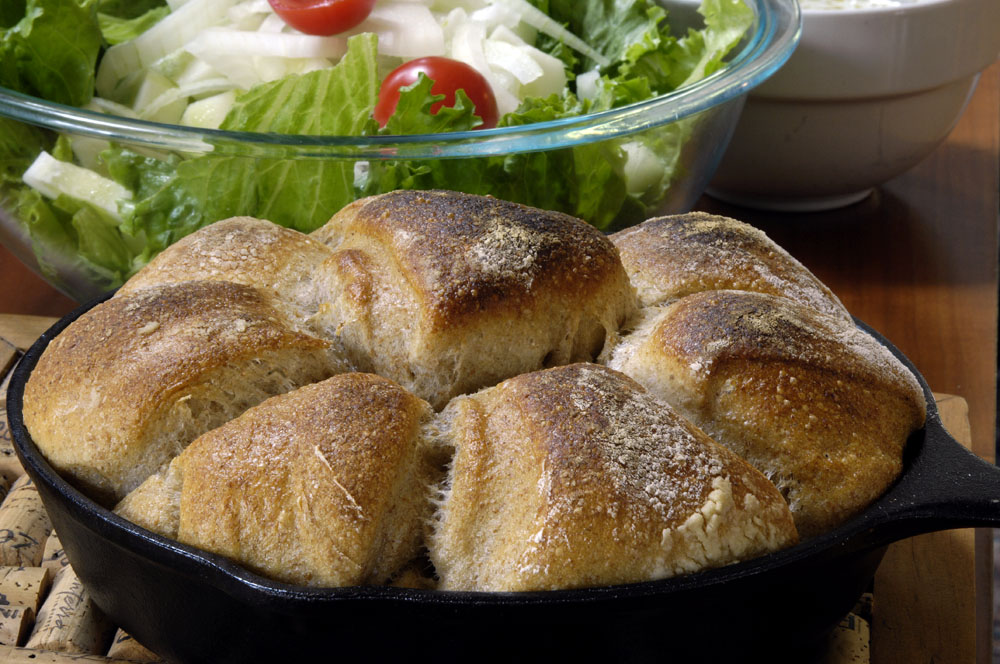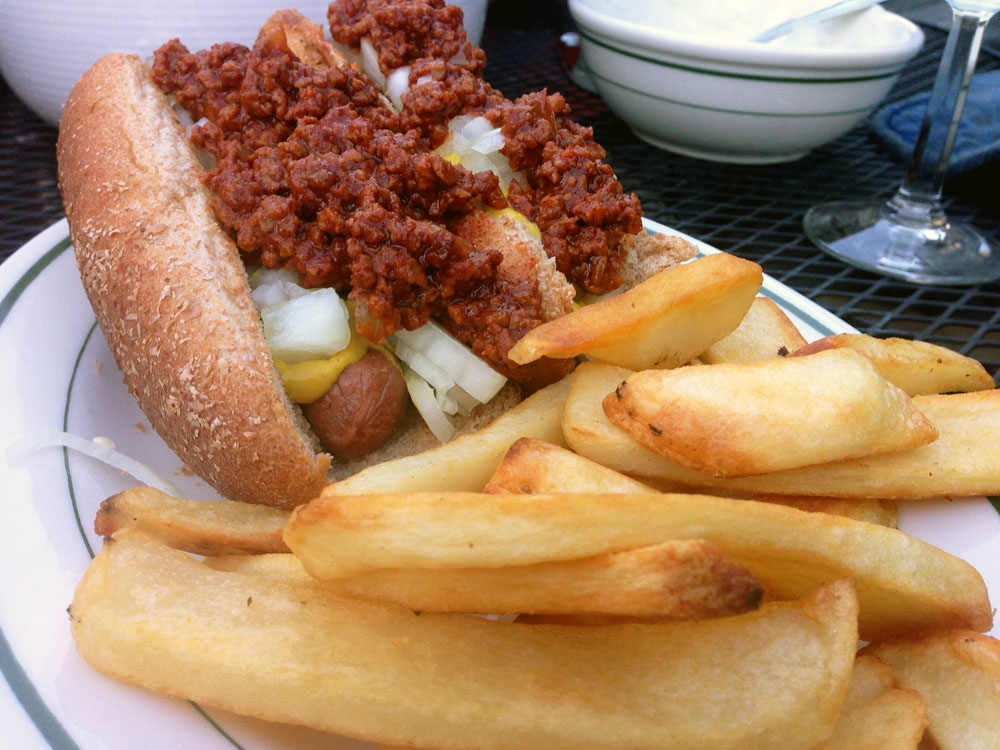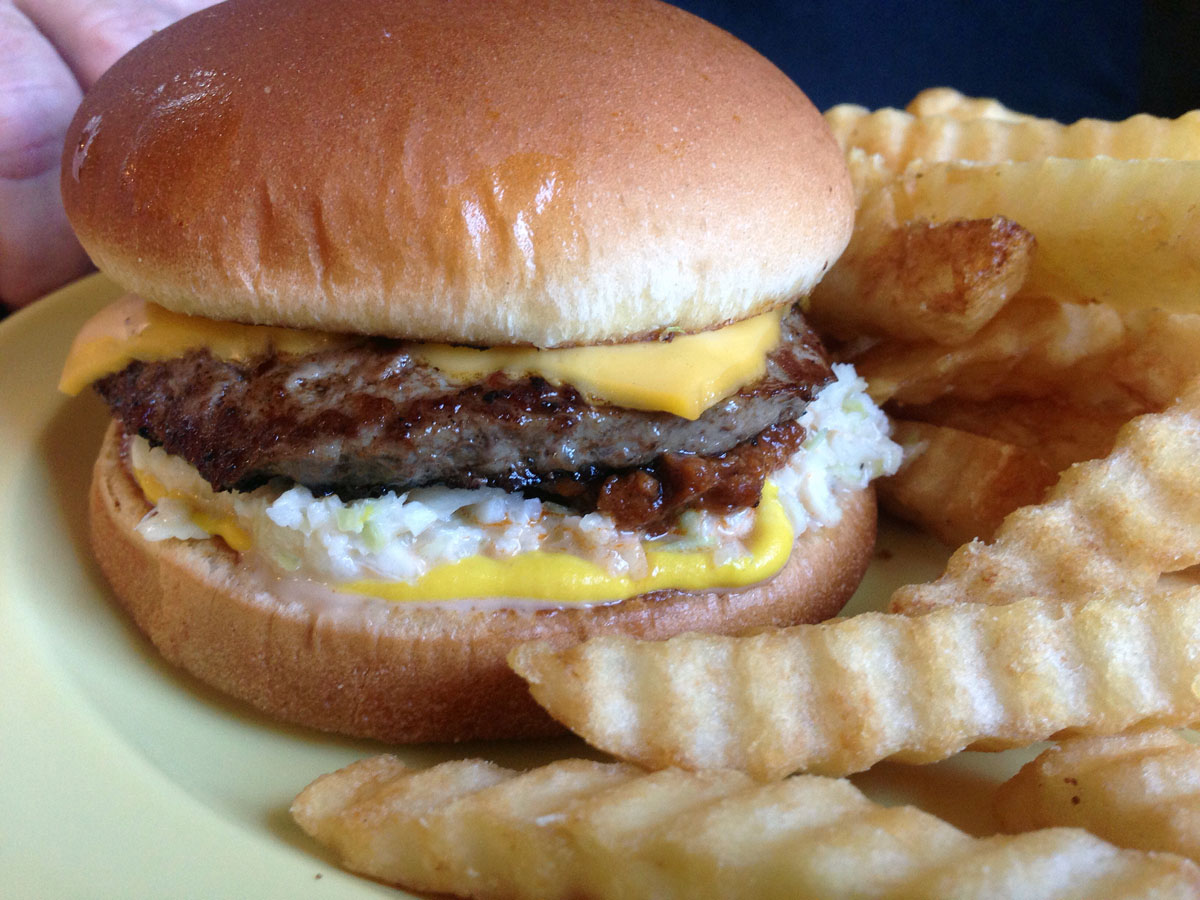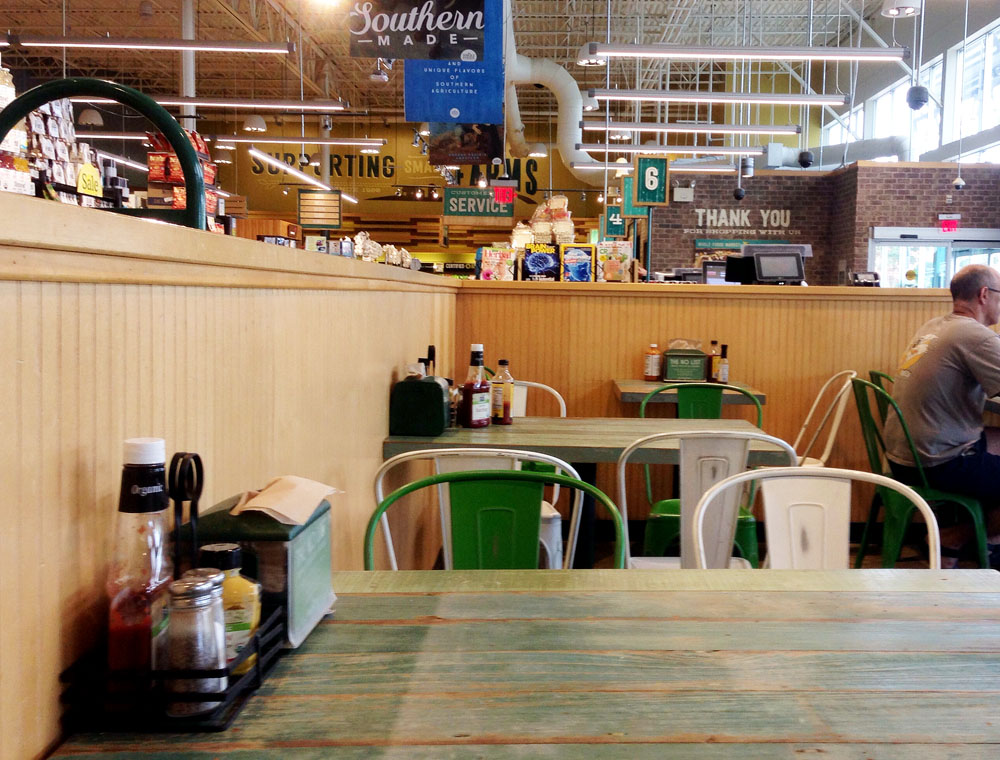
Whole Foods Winston-Salem, before the lunch rush
It’s interesting how much buzz there has been about Amazon buying Whole Foods. Even people who’ve hardly ever been inside a Whole Foods and who don’t use Amazon (people like my brother) have been talking about it. Everyone seems to suspect that this transaction may be the leading edge of big changes in how all of us shop.
At the Winston-Salem Whole Foods earlier this week, I said to the checkout guy, “What do y’all think of your new owners?”
I got a somewhat testy response that I interpreted to mean that Whole Foods employees have gotten tired of answering questions. No doubt many of the questions are hostile. He responded as though I had asked what’s going to change. Apparently that’s the question most people are asking. Anyway, his testy response was that he has no idea what it all means, that he’s not on the board, doesn’t get to sit in on the meetings, and has no idea what it’s all about. Ouch. Perhaps he also was expressing a bit of nervousness. After all, some of the stories that have been written about Amazon buying Whole Foods have speculated that checkout people will soon be replaced by machines. Note to Amazon PR types who came across this through Google Alerts: You need to communicate with Whole Foods employees and reassure them, if you can. They may be freaking out.
I’ve read a good bit of the commentary on this. Everybody is speculating. The liberal media — for example Salon, or Vox — have a strong dislike for Amazon and seem to assume that Amazon will roboticize Whole Foods stores and squeeze small organic farmers into bankruptcy, to the benefit of Big Organic.
I fear they may be right on the matter of the small organic farmers who farm with a conscience, as opposed to Big Organic, which farms with the intent of taking advantage of a market in which they can get away with charging a lot more for what they sell. On the other hand, if big players can do truly good sustainable farming and grow beautiful and exuberant produce (rather than pale and inferior stuff which just happens to have an organic sticker on it), then how much of a bad thing is that? That’s all about how organic farmers are monitored and the standards they are held to. Amazon will need to be very careful about buying only from honest, well-monitored organic operations. Luckily, Amazon has the resources to do that. They’d better get it right.
However, as for roboticizing Whole Foods stores, I just don’t think that is going to happen. Certainly Amazon has roboticized its warehouses and shipping operations. But that’s all out of sight of the customer. It’s different with Whole Foods. Amazon’s PR people will make it clear to Amazon’s management (though I feel sure that Amazon’s management already gets it) that Whole Foods will now become the brick-and-mortar public face of Amazon and that they’d better make it pretty.
If Amazon wanted impersonal brick-and-mortar operations that lend themselves to mechanization and roboticization, then they’d be competing with low-end stores such as Aldi. Why buy a top-of-the-market operation like Whole Foods just to turn it into Aldi? That would be destroying a large chunk of Whole Foods’ value, the value for which Amazon paid a lot of good money.
One of the wisest commentaries I’ve read suggests that what Amazon wants is a network of delivery centers. Whole Foods has 431 stores in upscale locations. You order online whatever you usually order from Amazon (probably not groceries). And then, the next day, or maybe even later the same day, you drive to your local Whole Foods and pick up your order. While you’re at Whole Foods, you have some ice cream, or some coffee, or a pizza, or lunch. And maybe you even shop for groceries. Whole Foods stores actually devote a considerable percentage of their floor space to food, drink, and reasonably pleasant places to sit down for a while, WIFI included. Bottom line: Amazon has new options for lower-cost and quicker delivery, plus they draw a whole bunch of new customers into Whole Foods stores. Would you want all those new Whole Foods customers to have an Aldi experience? Of course not. Whole Foods stores would now be competing with Starbucks, with every retailer at the mall, with the grocery stores, and even with the local Barnes & Noble, if you’re lucky enough to have one. You can get anything you want there, and you can still paw the lettuce and sniff the canteloupes before you buy them.
It’s devilishly clever.
Would I go there? You darn right I would, if Whole Foods will spiff up and enlarge its stores, keep them teeming with cheerful and contented employees, and sell only the best of what America’s — and here I emphasize America’s — organic farmers can produce. If the new customers that came over from Costco still want a case of canned green beans or half a ton of Pepsi, then sell it to them through the warehouse delivery system, not in the holy space of the Whole Foods store. And since the Pepsi-buyers will be Trump voters who have the manners of Walmart shoppers, please design your stores so that we old Whole Foods customers can avoid the Republicans (and they us). This may be your biggest problem, Amazon. Whole Foods customers and Walmart customers don’t mix. It’s a culture war, you know.
Whole Foods has a bad habit that I’d like to see them quit. I complain about it regularly, both on the corporate web site and at the customer service desk at my nearest store. We all should complain. That’s to stop importing so much stuff. I abhor, for example, the garlic imported from South America. It may be labeled as organic, but it’s also inferior garlic — badly cured, blemished, sometimes moldy. I’d much rather buy healthy-looking garlic from Gilroy, California, that isn’t organic, if it’s obviously better garlic (as it certainly would be if it came from Gilroy).
Maybe my view of what’s up with Amazon and Whole Foods is skewed by the fact that those two companies already get most of the money I spend. If they keep their standards up and make it fun and easy, then they’ll get 96 percent of what I spend. The rest of my spending would go to the local hardware store and to the Tractor Supply where I buy organic chicken feed. One thing that is not efficient at present for Amazon Prime are heavy items that are expensive to ship — 40 pound bags of chicken feed, for example, or even four-pound bags of cat food. Local pickup would change the economics of Amazon Prime.
Ultimately, I wonder if there isn’t something sustainable in a one-stop supply line. All those thousands of retail stores and big box stores (and the driving to and fro) suck up a huge amount of overhead and energy — and time. As long as the delivery system is efficient and sustainable (and involves far fewer cardboard boxes — the bane of Amazon Prime) then maybe it wouldn’t be an all-bad example of creative destruction.
I am cautiously optimistic.

